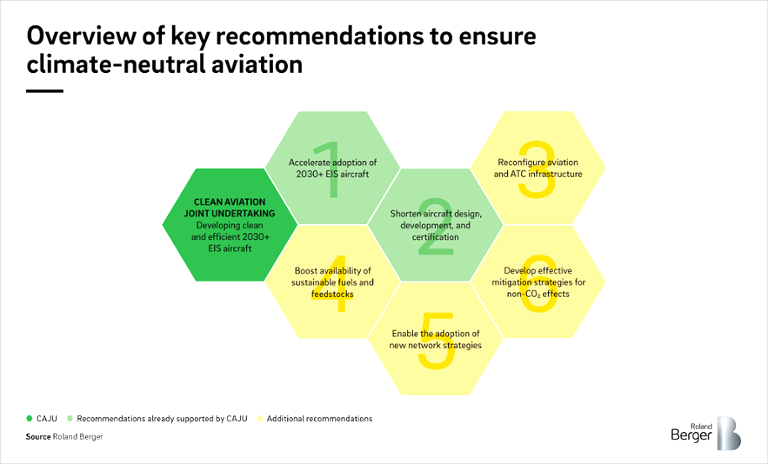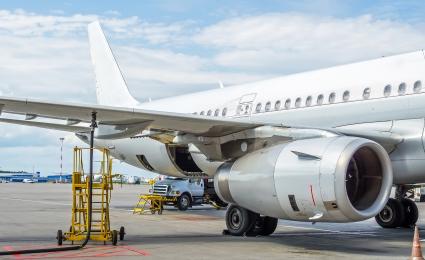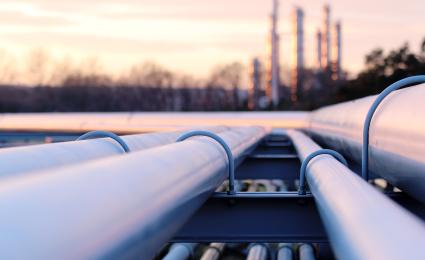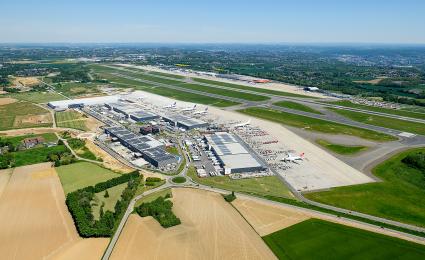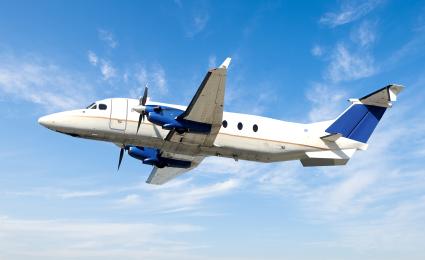Find out how the sustainable aviation fuel technology can contribute to the net carbon zero goal and what challenges the aviation industry is currently facing in respect to sustainability measures.


Can European aviation achieve its goal of climate neutrality?
By Manfred Hader and Nikhil Sachdeva
Was Europe's aviation emissions reduction program an economic success? Where does the aviation ecosystem go now in its quest for climate neutrality?
The European aviation industry will be worth up to EUR 1.8 trillion and employ 18.5 million people by 2050, according to our new study on the socioeconomic impact of the EU’s Clean Sky 2 initiative, which we jointly prepared with Oxford Economics. It also suggests net CO2 emissions could be reduced by 95% by 2050, but that it will not be easy to achieve. Here we summarize our study’s findings, key future scenarios and recommendations on how the aviation ecosystem can achieve climate neutrality.
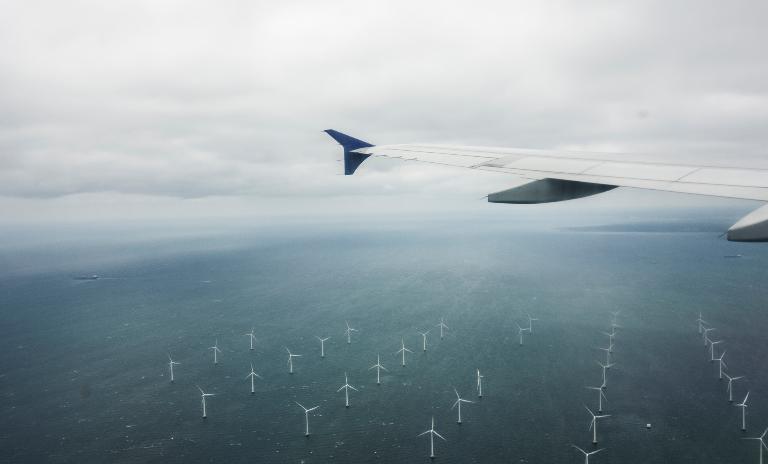
"Aviation is a key sector for Europe's economy - and European-made technologies are core to both global commerce and our way of life - the aviation industry should be supported through its transition to climate neutrality."
The European aviation sector is an economic success story, worth an estimated EUR725 billion to the EU27 and UK alone in 2019. But this economic benefit has an environmental cost. Aviation, globally was responsible for 2-3% of all human-induced CO2 emissions in 2019, and perhaps even higher levels of non-CO2 emissions (NOx, contrails etc.).
A key European initiative to address this problem is the Clean Sky 2 (CS2) Joint Undertaking, set up by the European Commission and aviation industry to “accelerate the development of cleaner air transport” technologies. It is on course to deliver significant technical improvements, including reducing global CO2 emissions by about 15%.
But CS2 goes beyond the technical. First, the program also has a significant socioeconomic impact, so it is important to quantify the extent of its economic impact. Second, CS2’s successor body, the Clean Aviation Joint Undertaking (CAJU), was launched recently. What risks does it face, and what recommendations can be made to assist it and the wider European aviation ecosystem to achieve climate neutrality?
Our report that we have prepared together with Oxford Economics, downloadable on the Clean Aviation Joint Undertaking webpage, "Towards Climate Neutral Aviation: An independent study on the impact of the European Union’s Clean Sky 2 programme" , looks at these issues in detail. The following article outlines its findings.
The socioeconomic impact of CS2
The study shows that European airports, airlines and aerospace manufacturing and services accounted for an estimated 4.5% of European GDP and employment in 2019 – EUR725 billion and 11 million jobs. These figures are expected to rise to up to EUR1.78 trillion and 18.5 million jobs by 2050. The sector’s wider economic footprint is even greater. European aviation bolsters international trade, investment, tourism and knowledge transfer, and is forecast to boost real-term productivity per European worker by EUR5,300 by 2050.
"Our Baseline forecast shows a decoupling of emissions and growth, with aviation traffic continuing to grow globally but emissions flattening out, and even reducing in Europe. This is a remarkable achievement - but still falls short of climate neutrality."
In total, the study estimates that CS2 will deliver a EUR8.6 billion economic boost to Europe, the result of increased competitiveness, productivity spill over into other industries, increased foreign investment and supply chain and workers’ spending. That’s a multiple of 3.4x relative to the total public and private investment in the program.
Future scenarios for European aviation
So can the aviation industry build on the successes of the past? The Covid-19 pandemic turned the industry on its head almost overnight in March 2020. After almost two and a half years of disruptions, its recovery has begun, but there are no guarantees on how the pandemic will eventually pan out. This uncertainty is compounded by additional variables, ranging from how regulatory regimes will develop to the likelihood of success of sustainable technologies, such as hydrogen-powered planes and sustainable aviation fuels (SAFs). Many potential outcomes are therefore possible.
Assessing how the industry will evolve in the long term is essential to the success of the CAJU. It also helps the wider aviation ecosystem to chart a path to climate neutrality. Our study models several long-term scenarios based on future CO2 emission levels. Under the Roland Berger Baseline trajectory, net CO2 emissions globally grow modestly but flatten out by the 2040s to about 15-20% above 2019 levels by 2050, while RPKs continue to rise by 140%. In parallel, in Europe, RPKs rise by 75% while emissions actually reduce by 45-50%. This represents a decoupling of emissions and travel growth, driven by RB's reasoned assumptions of SAF and hydrogen uptake. Despite these bullish assumptions, this still leaves the industry far short of neutrality.
"Climate neutral aviation is possible, with 90-95% reduction possible by 2050. But this requires a paradigm shift with respect to aircraft lifecycles, air traffic management, and a complete overhaul of our industrial infrastructure."
More optimistic trajectories are required to achieve further decarbonization. Using 100% power-to-liquid SAFs (synthetic fuels made using renewable sources and energy) and the rapid entry into service of a hydrogen aircraft fleet share of 60-80% could cut net CO2 emissions by 95% by 2050, compared to 2019 levels. This ‘Approaching climate neutral scenario’ will therefore require major changes relative to the baseline scenario.
The study confirms that CS2 - now the Clean Aviation Joint Undertaking (CAJU) - is playing their part in enacting these changes. But they cannot do it alone. Further intervention, beyond the scope of CAJU and involving the entire aviation ecosystem, is required to achieve the ambitious goal of a 90% reduction in net CO2 emissions by 2050.
Study recommendations
The study makes six recommendations to help the European aviation ecosystem meet these goals.
- Accelerate adoption of 2030+ EIS aircraft, including both hyper efficient conventional aircraft and novel aircraft with revolutionary propulsion technologies such as hydrogen and electric aircraft. The current retirement rate of commercial aircraft (~3% of fleet per annum) is insufficient and a barrier to the uptake of new technologies. Europe therefore needs to find commercially viable ways to encourage faster retirement and new aircraft purchases through regulatory push or commercial pull, while preventing carbon leakage to other geographies, and in parallel supporting the development of novel manufacturing technologies.
- Shorten aircraft design, development and certification cycles to bring these aircraft to market as quickly as possible. This process normally takes around 7-8 years, but will need to be cut in half to bring forward EIS dates. Europe should encourage agile aircraft development (digital design etc.) and industrialization, and expedite certification for 2030+ EIS aircraft. However, any changes must be made without any risk to safety – safety is paramount and the development and certification process must remain robust while becoming faster.
- Reconfigure aviation and Air Traffic Control (ATC) infrastructure to accommodate novel aircraft types and minimize the emissions of all aircraft. To achieve this, Europe must support the rollout of upgraded ATC to enable the Single European Skies ATC program and remove the barriers it has historically faced, while also developing new processes to mitigate contrail/aviation-induced cloudiness emissions.
- Boost availability of hydrogen and sustainable fuels, including their feedstocks, to ensure that Europe has access to hydrogen and sustainable fuels for aviation to meet the expected future demand. Current production of both fuel types for aviation is almost zero. Europe therefore needs to develop necessary SAF/green hydrogen production capacity, ensure availability of key feedstocks (as renewables) and – while SAF ramp-up continues – also introduce fuels with low aromatic content to mitigate non-CO₂ effects. Europe should prioritize local SAF and hydrogen production, given recent global developments which have demonstrated the immense value of energy independence, but also with the potential future economic value of sustainable fuel exports.
- Enable the adoption of new airline network strategies that can fully take advantage of the capabilities of novel aircraft types. Hydrogen (fuel cell) and battery electric aircraft could enable distributed aviation, increased point-to-point, de-hubbing, and consolidation of flights. But they will also require airlines to rethink their networks and adopt split fleets during the transition process. Thus, Europe should unlock the potential of alternative network strategies and facilitate this change for airlines.
- Develop and implement effective mitigation strategies for non-CO₂ effects, pursuing practical solutions on NOX, particulates and contrail mitigation that are backed up by science. The adoption of SAFs and hydrogen-powered aircraft may be less effective at reducing non-CO2 emissions than net-CO2 emissions. Europe must therefore improve research into non-CO2 effects and develop practical mitigation strategies, especially around contrails/aviation-induced cloudiness – especially as there is significant potential to mitigate much of the impact of, for example, contrails even without new technologies.
Register now to receive regular insights into Aerospace & Defense topics.

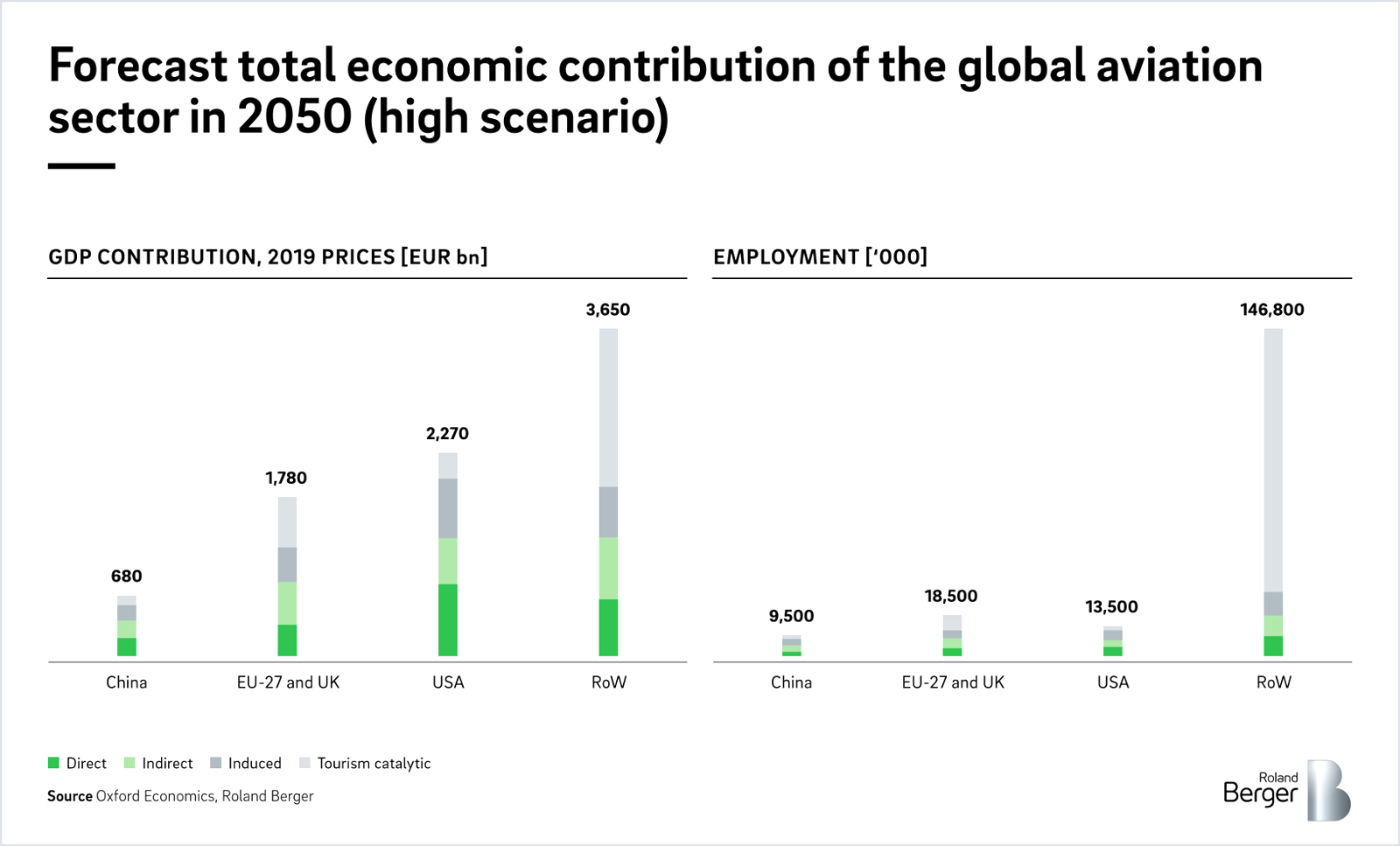
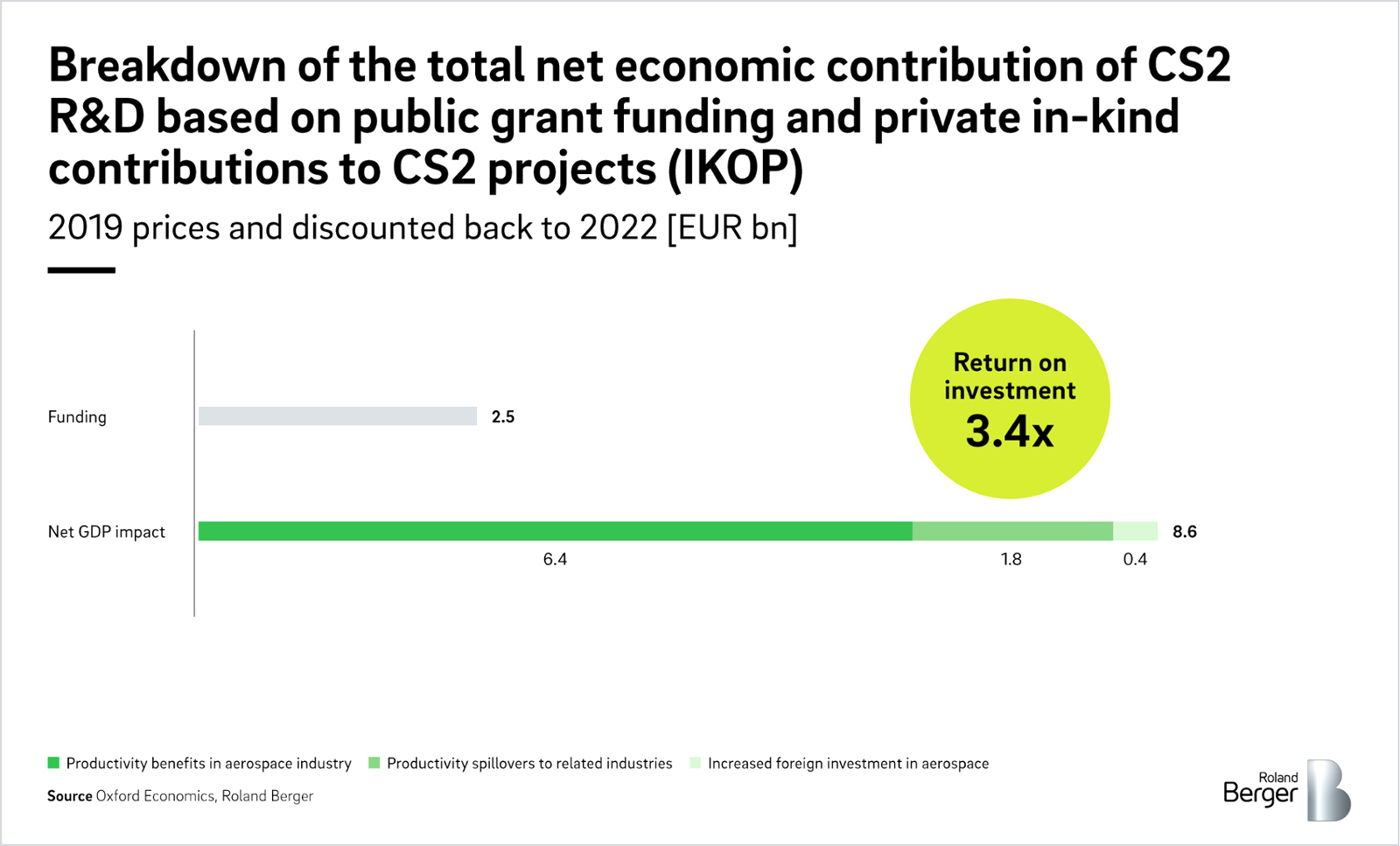

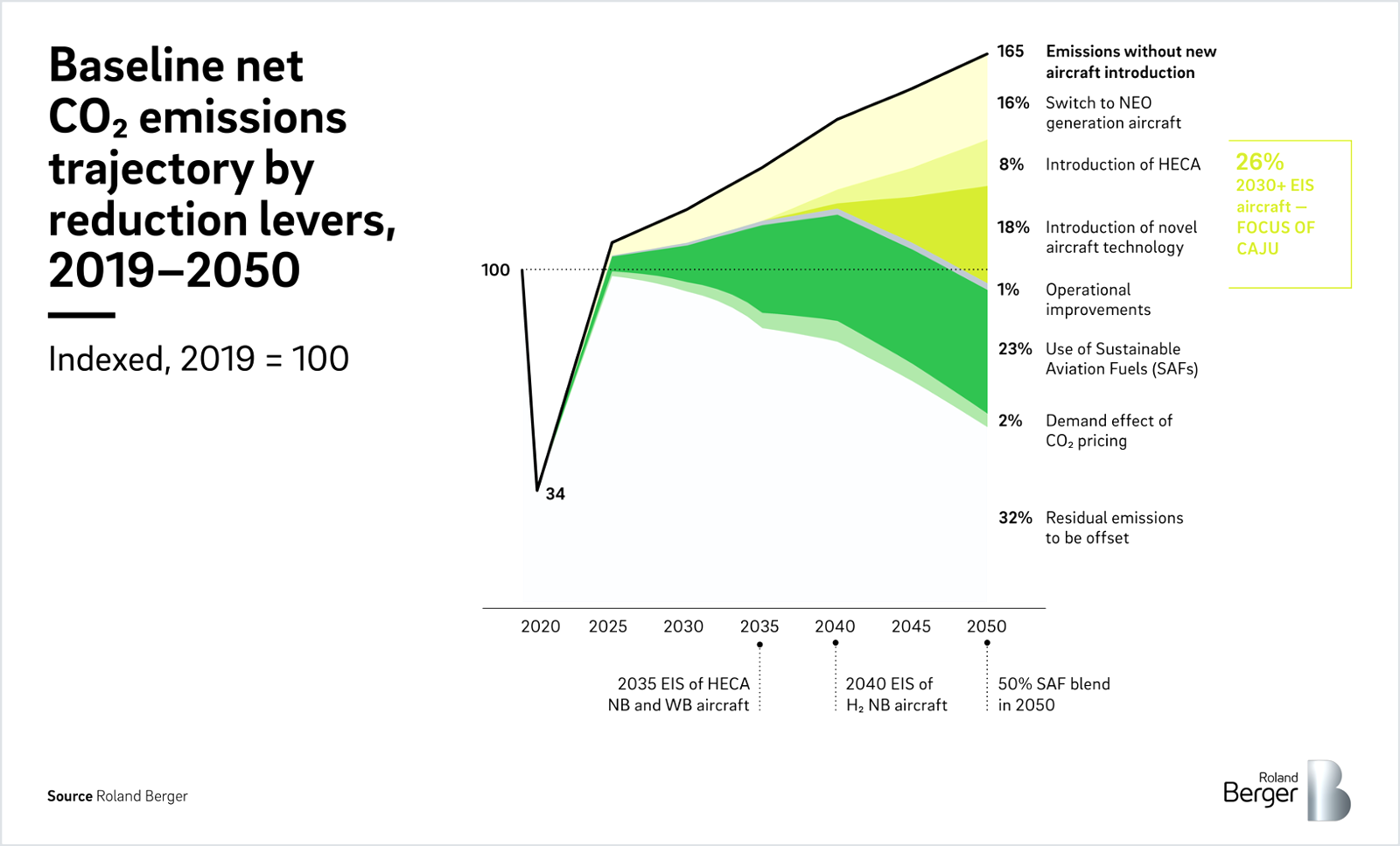
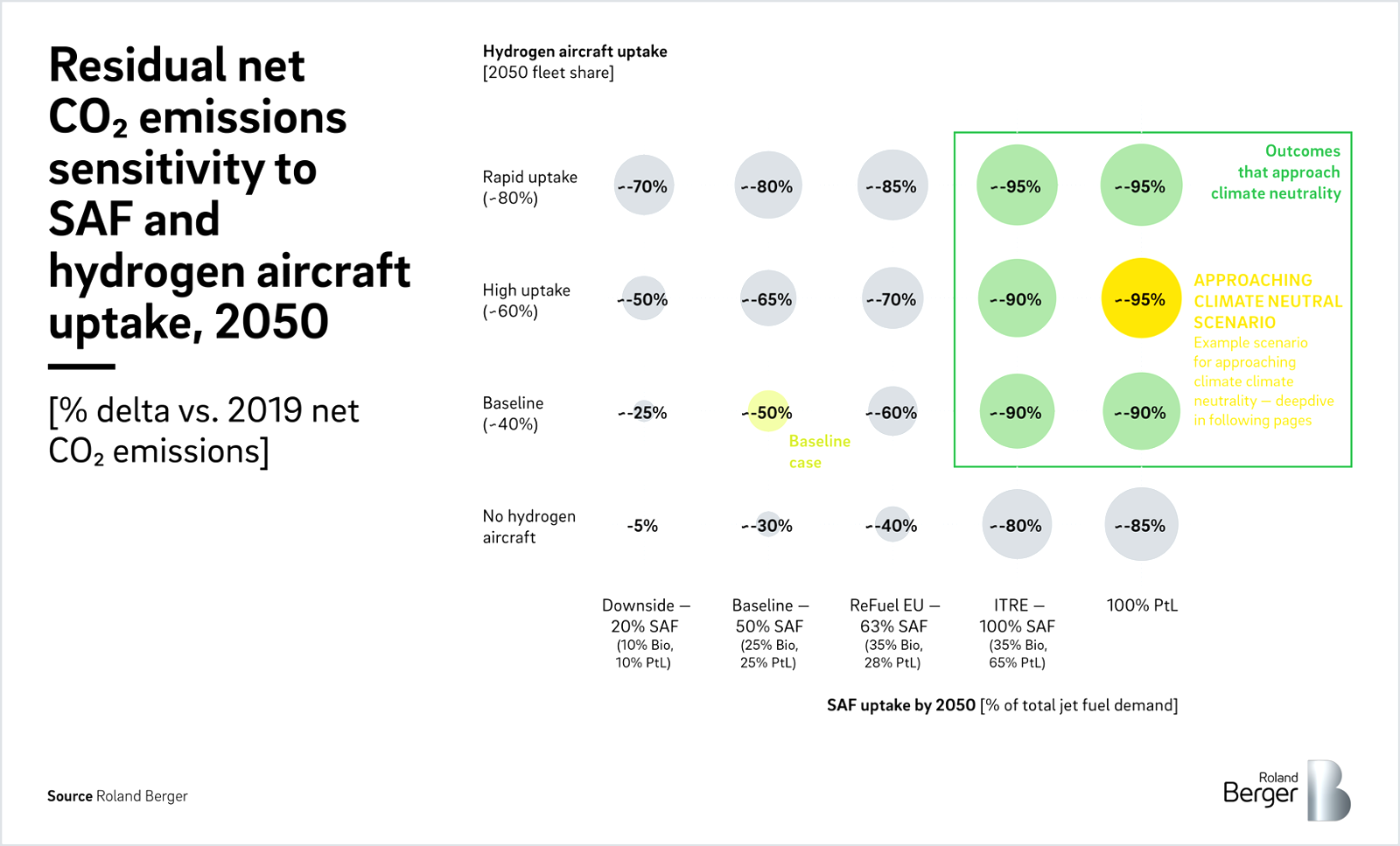
_person_144.png?v=770441)
